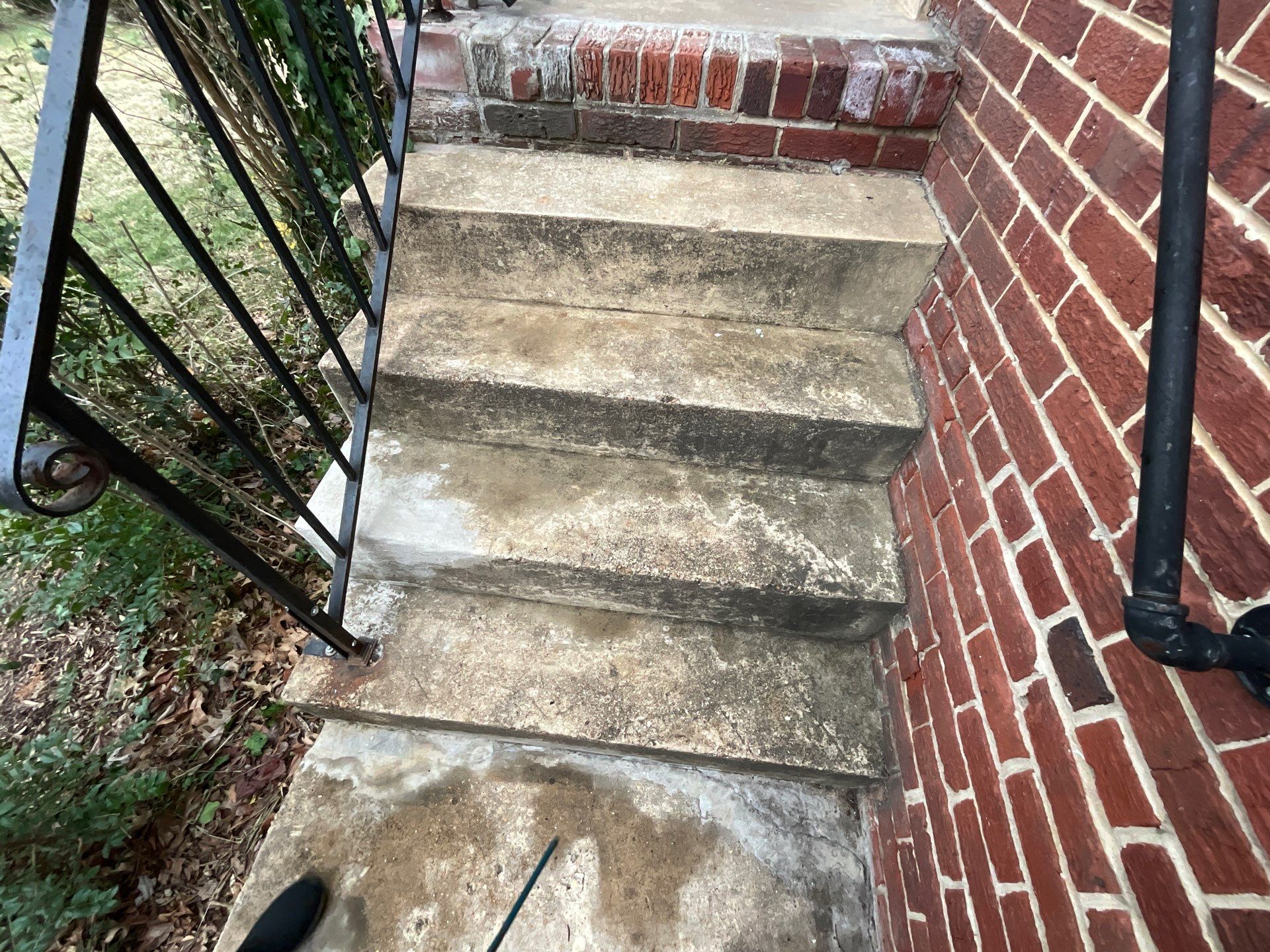Gain valuable insights from a professional painting contractor on choosing the right paint, preparing surfaces, and applying paint for stunning interior transformations.

Discover essential interior painting tips from a professional painting contractor. Learn about paint selection, surface preparation, application techniques, common mistakes, and the latest trends to achieve a flawless and stylish finish in your home.

As a painting contractor, I'd recommend homeowners to consider factors such as the room's function, natural and artificial lighting, surface condition, and durability requirements. Additionally, think about the desired finish (e.g., matte, eggshell, satin, semi-gloss, or gloss) and whether you prefer water-based or oil-based paint.

The best type of paint depends on the room's purpose and the surface material. For high-traffic and moisture-prone areas like kitchens and bathrooms, choose a semi-gloss or gloss paint for better durability and moisture resistance. For bedrooms and living rooms, matte or eggshell finishes provide a more subdued and cozy atmosphere. Always check the paint manufacturer's recommendations for specific surfaces.
Proper surface preparation is crucial for a successful paint job. The essential steps include:

To clean walls, use a mild detergent solution and a sponge or cloth to remove dirt, grease, and dust. Rinse with clean water and allow the walls to dry completely. To repair walls, fill any cracks, holes, or dents with patching compound, and sand the surface smooth once the compound is dry. For larger repairs, use a mesh patch or fiberglass tape before applying the compound. After sanding, wipe down the surface with a damp cloth to remove any dust.
For a professional finish, use high-quality brushes and rollers, and work in small, manageable sections. When using a brush, apply paint with long, even strokes, and avoid overloading the brush. For rollers, use a zigzag pattern (forming a "W" or "M") and then fill in the gaps with parallel, overlapping strokes. Maintain a wet edge to avoid lap marks and always mix paint thoroughly before starting.

To avoid roller marks and brush strokes, use the appropriate roller nap length and brush type for your paint and surface. Maintain a wet edge by working in small sections and overlapping previously painted areas. Do not press too hard on the roller or brush, and avoid overloading them with paint. Feather out the edges of your strokes to create a smooth, seamless finish.
Common mistakes include:

To prevent or fix these mistakes:
Current interior painting trends include bold accent walls, two-tone walls, soft pastel colors, and nature-inspired hues. Homeowners can incorporate these trends by choosing a statement color for an accent wall, experimenting with color blocking or wainscoting, or selecting paint colors inspired by nature. Always consider your home's existing décor and personal style when incorporating trends.

When choosing a color palette, consider the room's function, size, lighting, and existing furnishings. Start by selecting a main color and then choose complementary, contrasting, or monochromatic shades to create a cohesive scheme. Test paint samples on your walls to see how they look in different lighting conditions. Additionally, consult color wheels, design websites, and magazines for inspiration, and don't be afraid to consult a professional for guidance.

Find out how often homeowners should wash their house to keep siding clean, protected, and looking its best year-round.
.png)
Learn how homeowners achieve flawless, long-lasting results with expert wall repair and professional residential painting.

Learn how to spot the early warning signs of wood rot on your trim, siding, or deck before it leads to costly repairs.